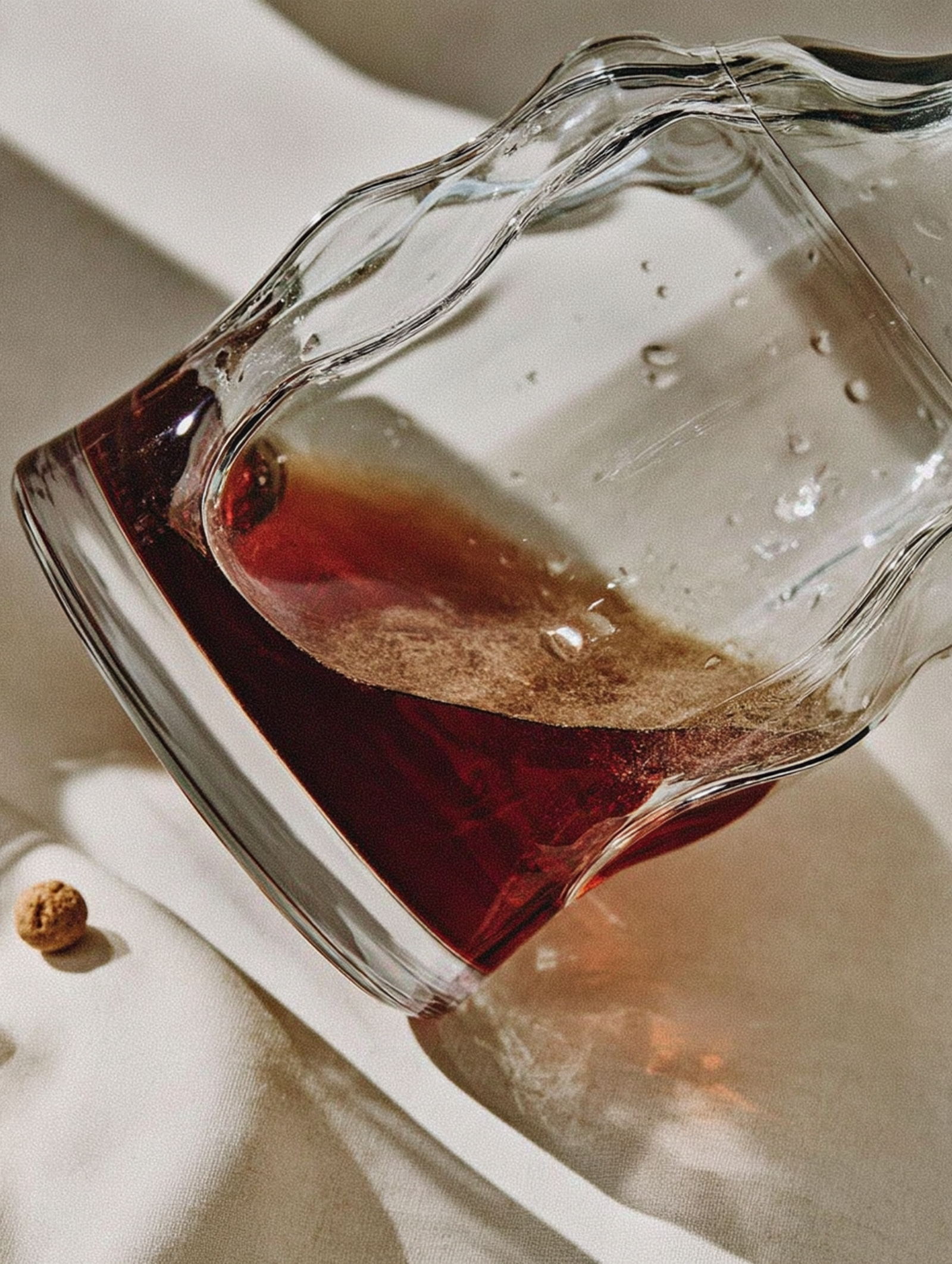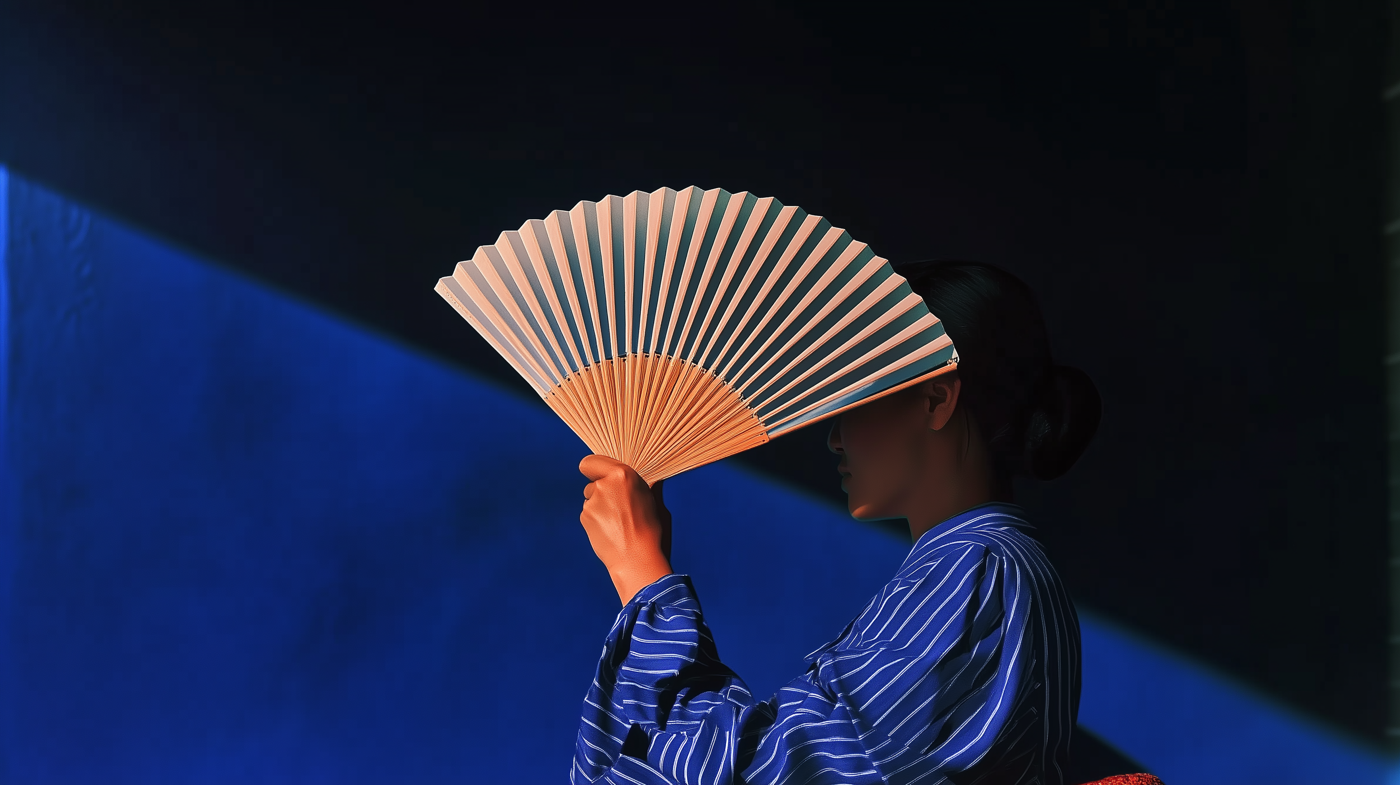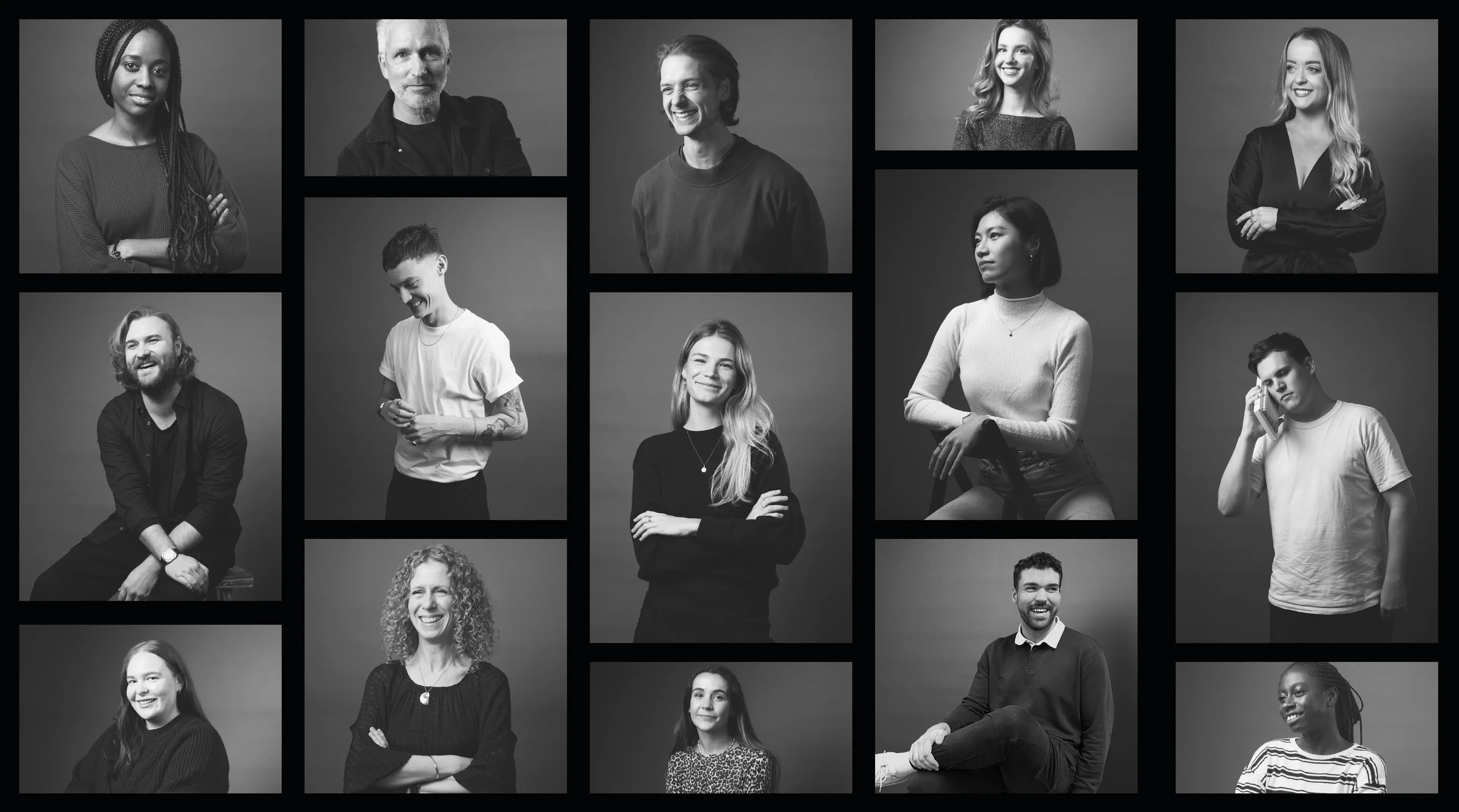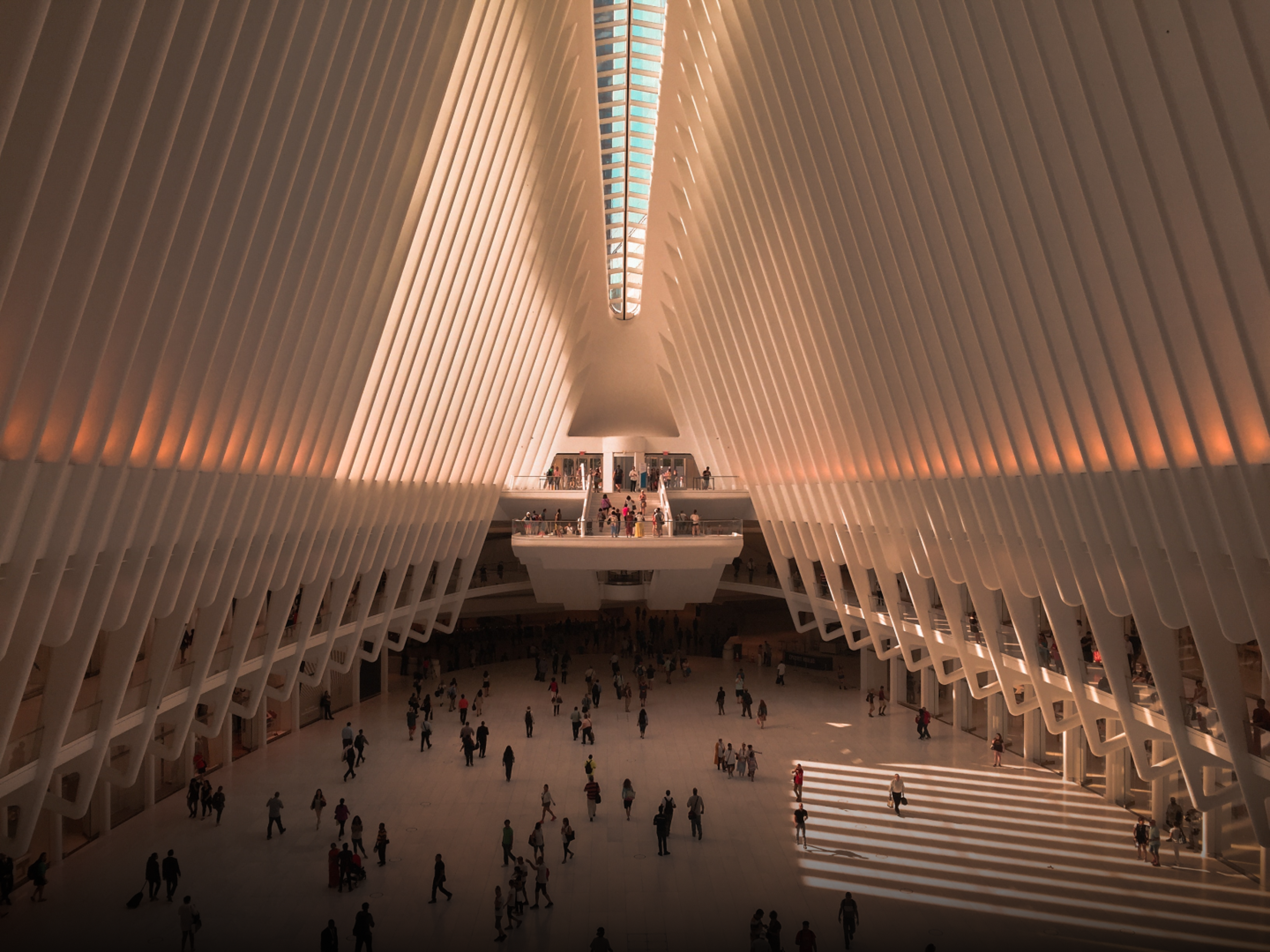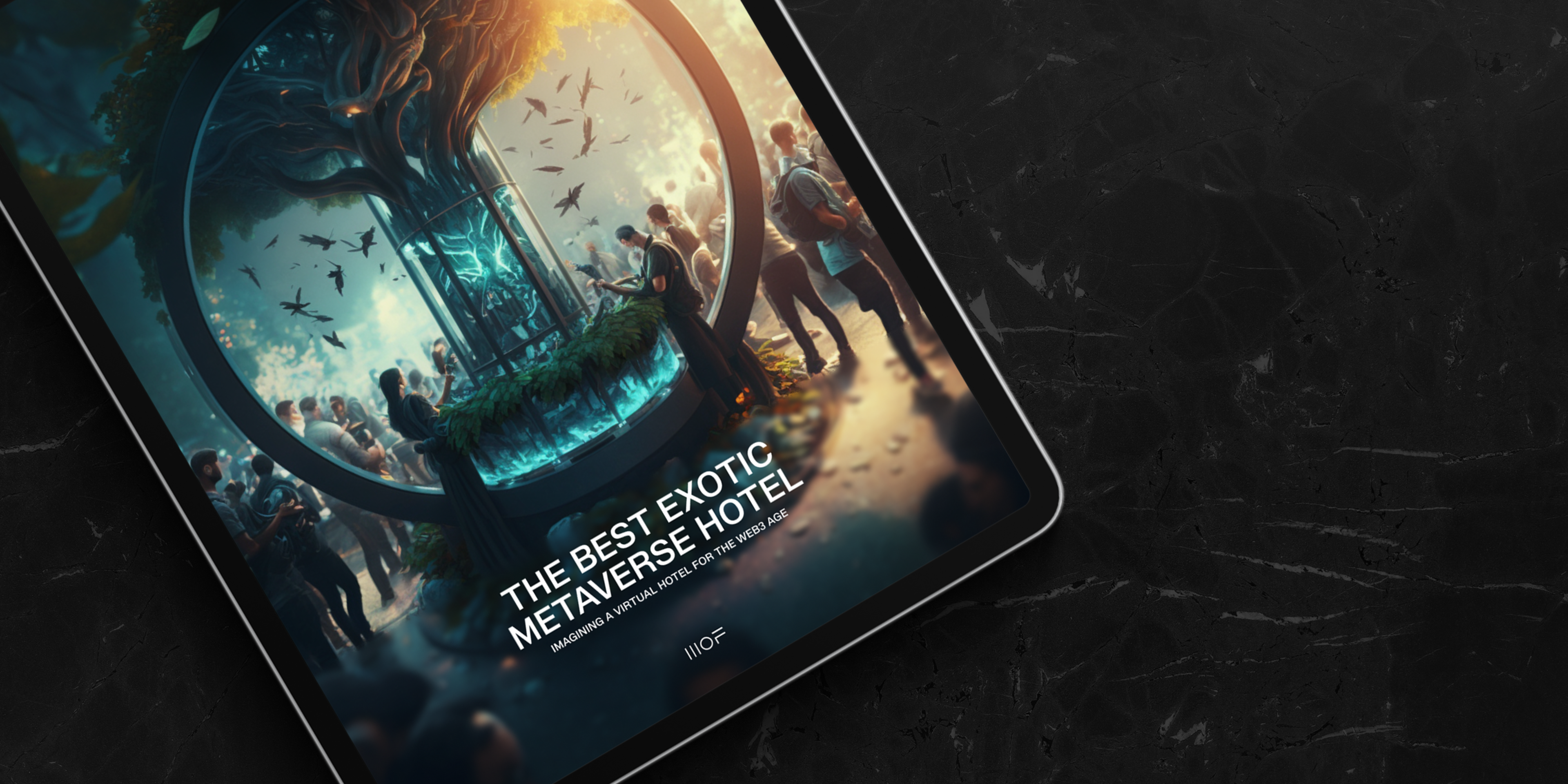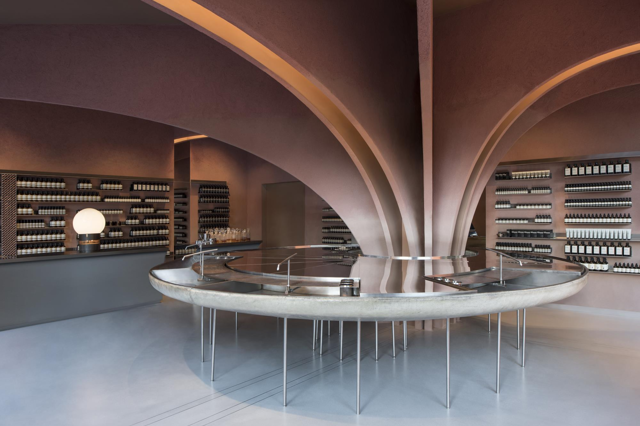
Brand & CX
1 Sept 2023
4 Min Read
Experiential Retail IRL: The New Order of Brick & Mortar
A critical touchpoint in the end-to-end luxury experience, brick-and-mortar stores boomed post-pandemic as shoppers worldwide hurried back to their retail therapy haunts. Now the spike is plateauing, brands are reimagining ‘the store’ down to the smallest details, fusing commercial with experiential to become leaders of real-life retail’s new order.
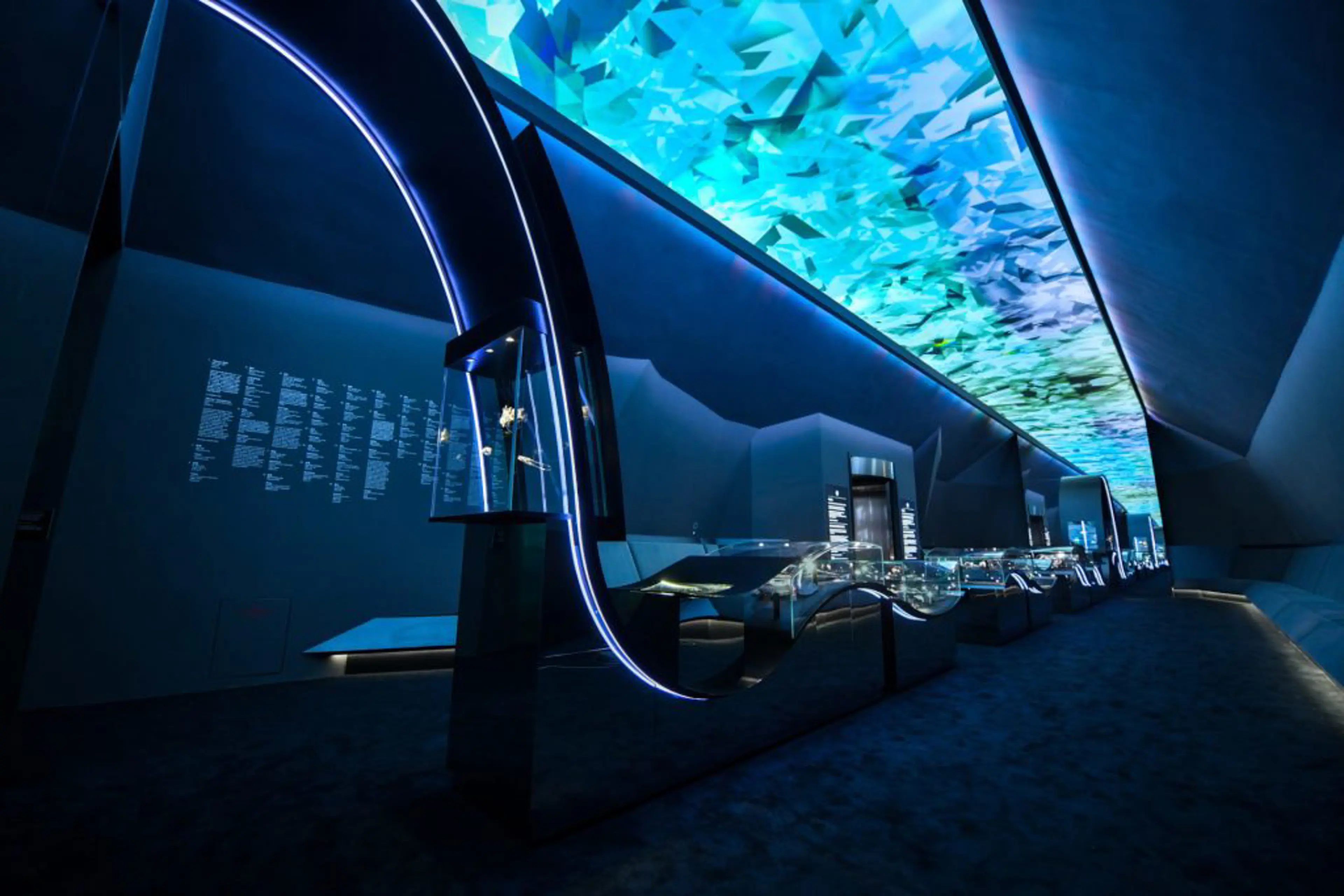
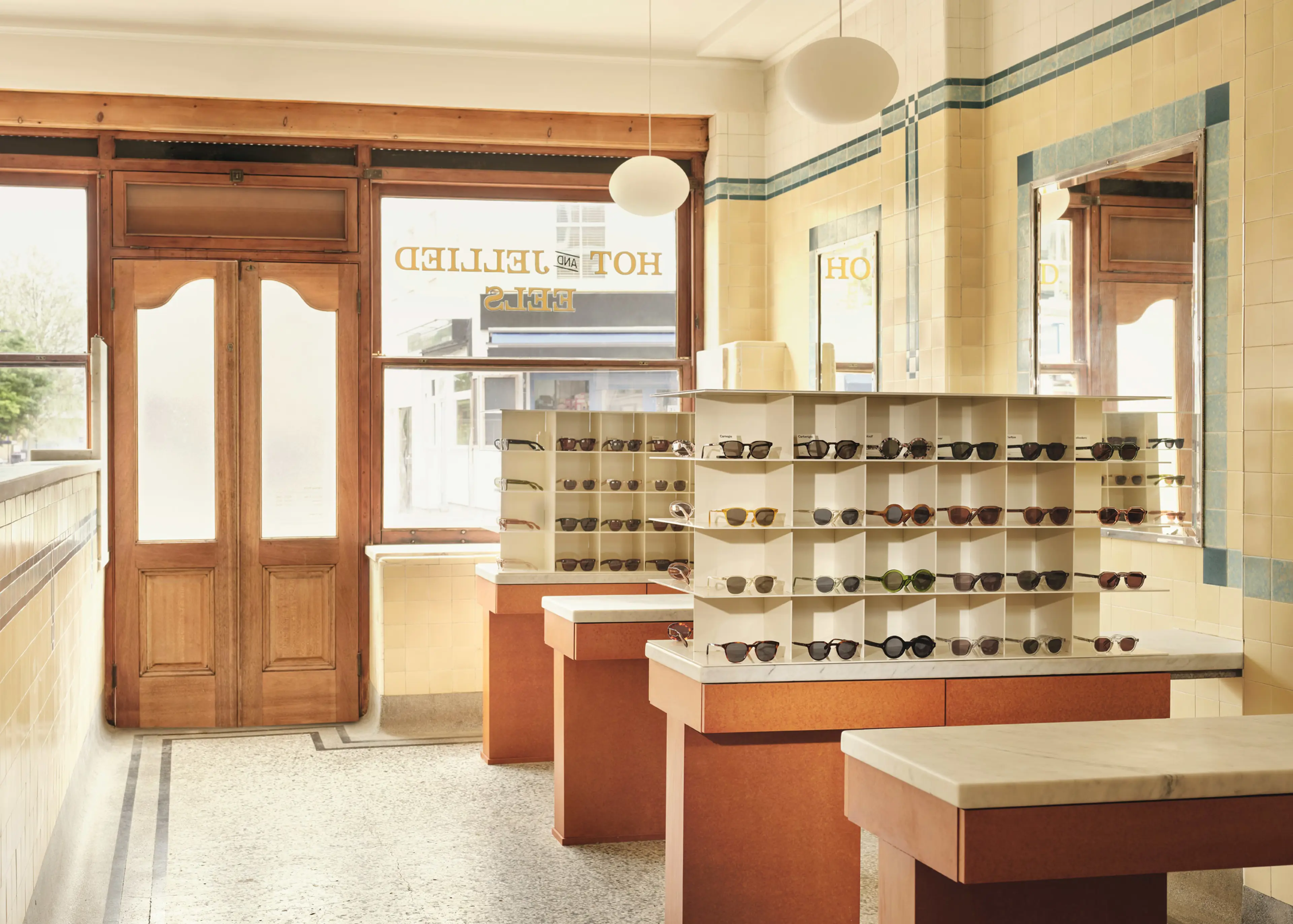
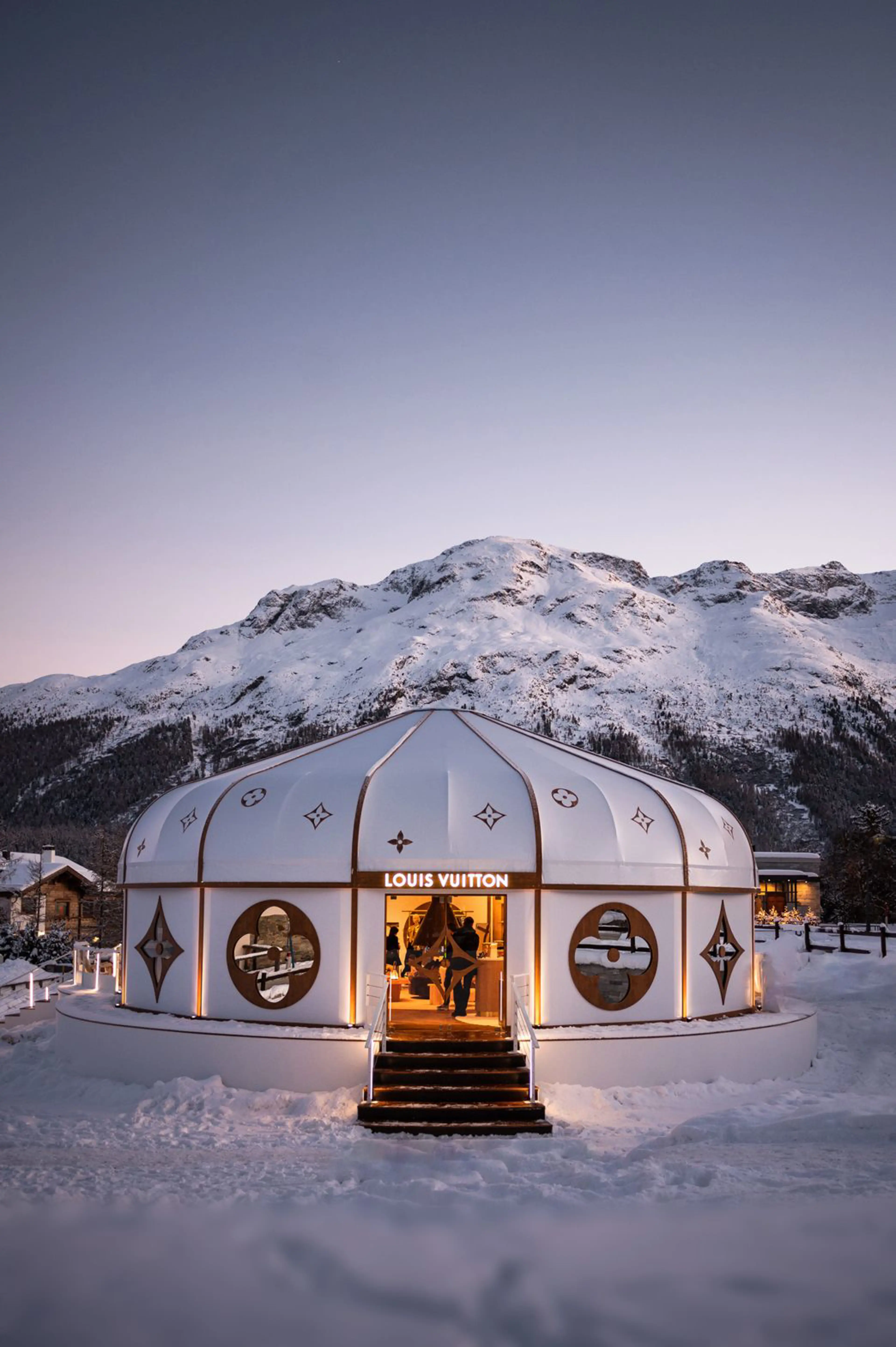
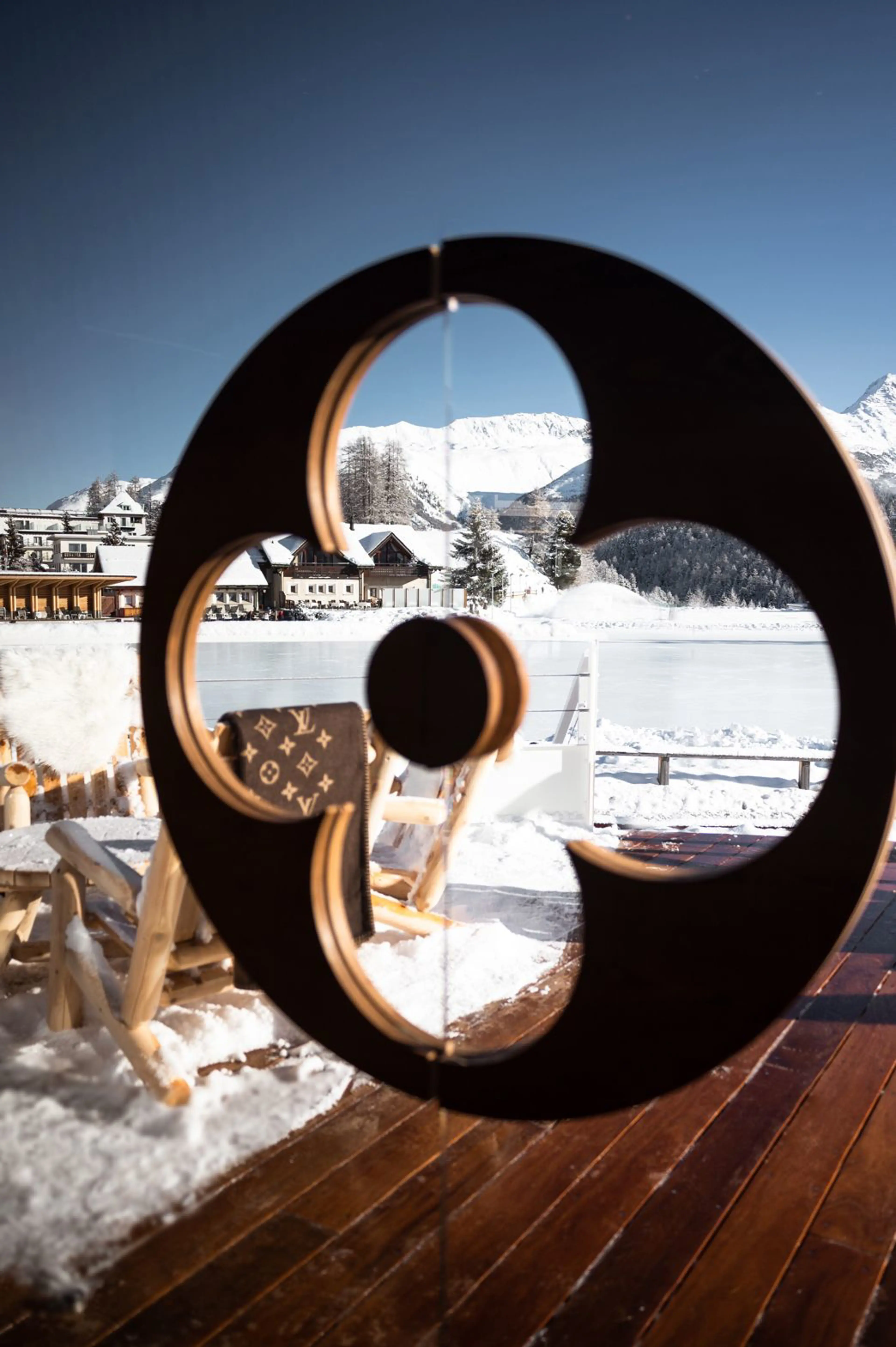




Brand & CX
